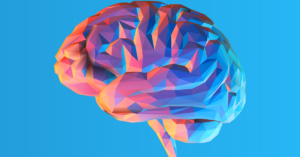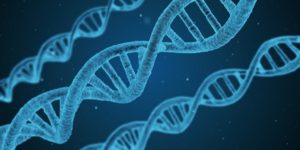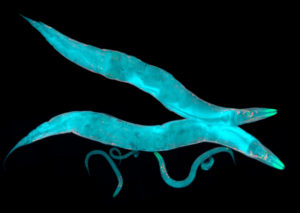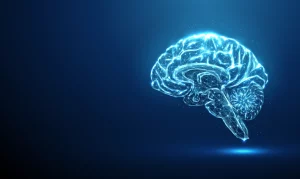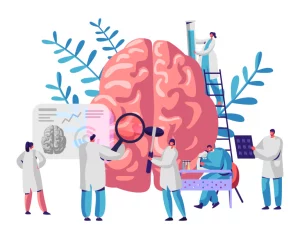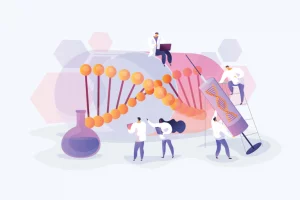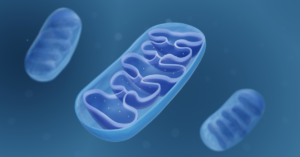
Ataxin-3 and the fight between mitochondrial recycling and cell death
Written by Kaitlyn NeumanEdited by Dr Chandana Kondapalli To induce cell death, or to degrade sick mitochondria – that is the question: a new role for ataxin-3 as a mediator of this decision. Have you ever heard the saying: “I may look like I’m not doing anything, but on a Read More…


